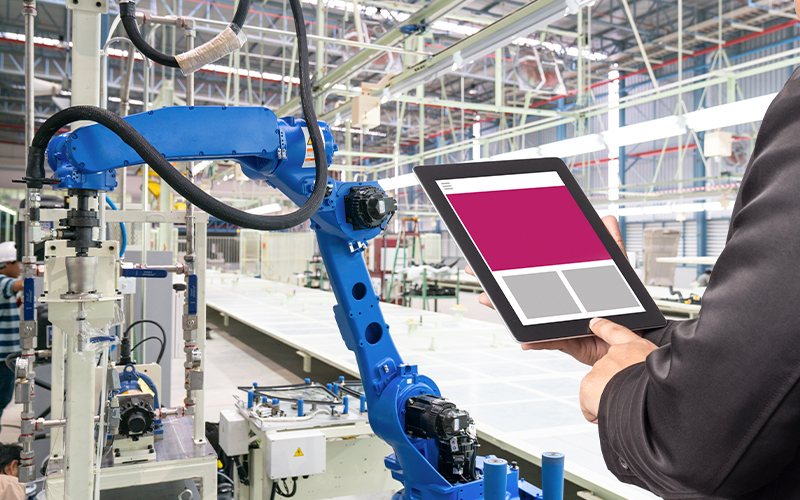Last year, an achy foot caused me to go to my podiatrist, who gave me the alarming news that I was now officially over the hill, so to speak, with wear and tear catching up with my overpronated foot. “Wear shoes which offer stability”, was the advice given to me. With the entire city under lockdown, I ended up spending a significant amount of time searching, and then buying stability shoes on my favourite shopping app – Zizi-Go. After a year of running with the stability shoes, I now need to make a purchase again. However, when I logged into Zizi-Go, I had to again search for stability shoes, and repeat the whole process again. How nice it would be to have been offered customised choices based on MY taste and purchases, and make the shopping experience more efficient. It would have been great to be automatically offered multiple brands of stability shoes in my size, and maybe even my preferred brand when I searched for shoes, and saved me so much time! And when I say this, I am speaking for most of the consumers today. A recent McKinsey study found that 71 per cent of consumers expect personalisation from the brands and businesses they choose. As many as 76 per cent of customers are likely to consider a purchase from brands that personalise, and 78 per cent are likely to recommend such brands to their friends and family.
The COVID-19 pandemic induced several behavioural changes in consumers, several of which are likely to stay. Consumers have high expectations regarding personalisation, irrespective of the channel. Companies investing in personalisation are likely to see 40 per cent more revenue than those who don’t.
With so much at stake, brands have the imperative to provide hyper-personalised shopping experiences. Rule-based personalisation is based on singular or a few data points, such as for example geolocation, whether the person is a new or returning visitor, the brand bought earlier and so on. While these can throw up a few relevant results, it cannot replace a true interaction, say, with a store associate, who discusses your preferences or maybe even knows your taste. Systems that employ Artificial Intelligence (AI) and Machine Learning (ML) can “learn” consumer behaviour, similar to a store associate, predict likes and dislikes, and make recommendations with this constant learning. And that’s just scratching the surface.
AI offers limitless personalisation possibilities in retail
Retail personalisation enables unique shopping experiences tailored to each individual. AI-driven systems can analyse vast amounts of data from several sources to provide a sophisticated consumer experience. These can combine prior shopping history, real-time behaviour and intent, and grab data from every possible source in-store, online, CRM, supply chain to provide context-sensitive, highly personalised recommendations while shopping. An additional advantage is the elimination of human bias – whereas in-store associates can inadvertently misread customer intent or behaviour.
Unlike traditional methods which rely on customer segmentation to personalise customer experience, AI in retail personalisation drives a highly individualised one-to-one interaction between the brand and the consumer. This means that the recommendations for shoppers A, B and C would be completely different based on individual affinities. This kind of dynamic personalisation can be delivered seamlessly across all channels. The messages can be context-sensitive and depend on the nature of the customer interaction with the brand. Following the customer journey, and being able to gather accurate data across all touchpoints is crucial to the success of retail personalisation.
AI lends a high amount of flexibility and adaptability to the customer journey. The customer experience becomes seamless, with the same messages and content being sent both instore and online. The retail experience is set to turn turtle with AI. Brands now have the ability to anticipate customer needs and expectations. Retailers would be able to curate relevant products for specific customers. Customer service chatbots can answer simple questions, thereby improving the efficiency of sales associates who can handle the more complex tasks.
AI and ML form a formidable duo in several aspects of the retail space, and personalisation is a key component to impress and engage consumers. Retailers can deliver relevant customer experiences, turning loyal customers into brand ambassadors. When personalisation is viewed as a long-term growth strategy, with a focus on delivering a lifetime value proposition to the customer, the impact is significant. An enterprise-wide strategy that uses data and analytics to get insights into customer behaviour, identifying personalisation objectives, and using AI-powered analytics to drive decision making would drive high growth and result in improved customer retention and relationships.
* For organizations on the digital transformation journey, agility is key in responding to a rapidly changing technology and business landscape. Now more than ever, it is crucial to deliver and exceed organizational expectations with a robust digital mindset backed by innovation. Enabling businesses to sense, learn, respond, and evolve like a living organism, will be imperative for business excellence going forward. A comprehensive, yet modular suite of services is doing exactly that. Equipping organizations with intuitive decision-making automatically at scale, actionable insights based on real-time solutions, anytime/anywhere experience, and in-depth data visibility across functions leading to hyper-productivity, Live Enterprise is building connected organizations that are innovating collaboratively for the future.








